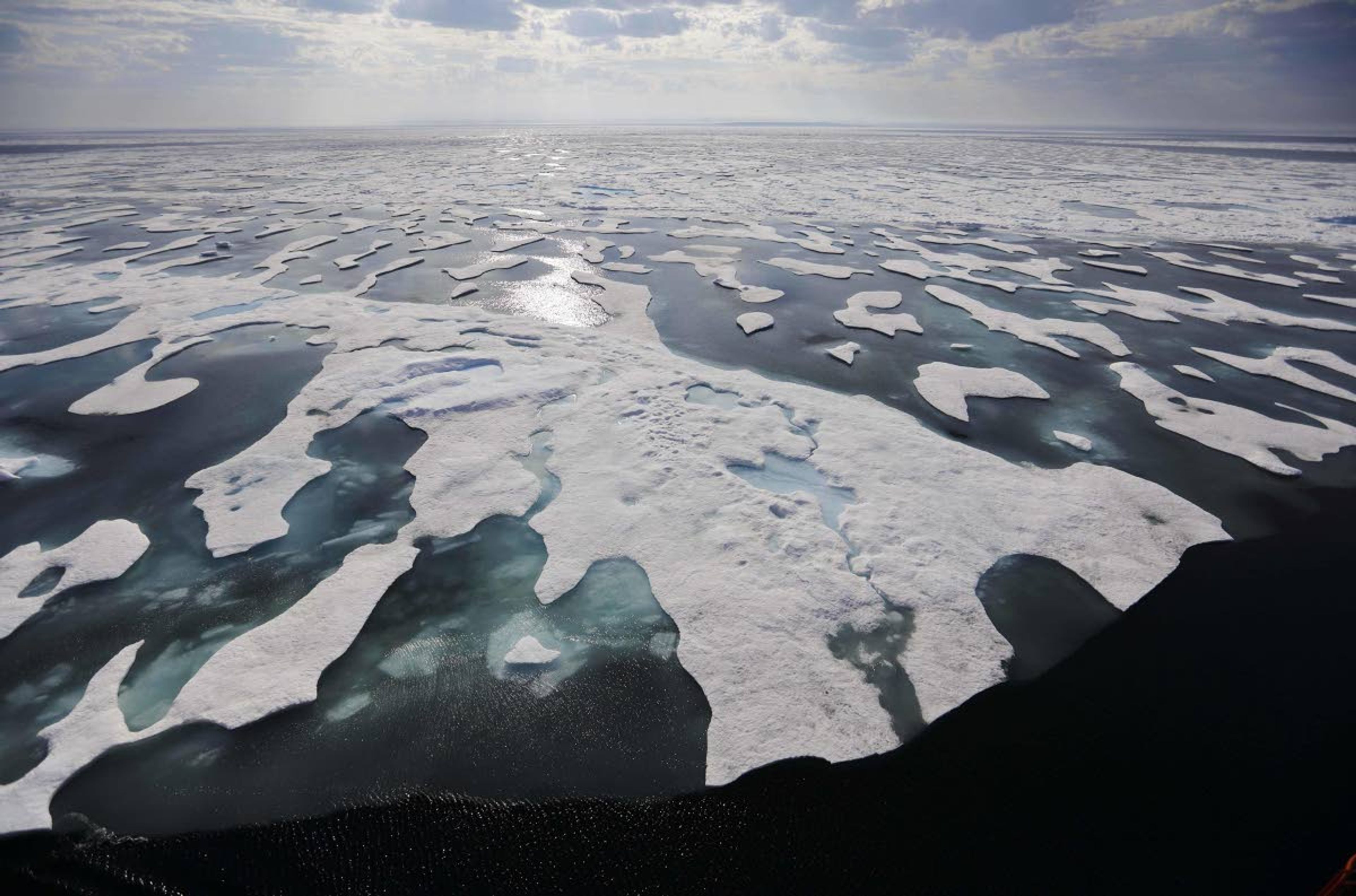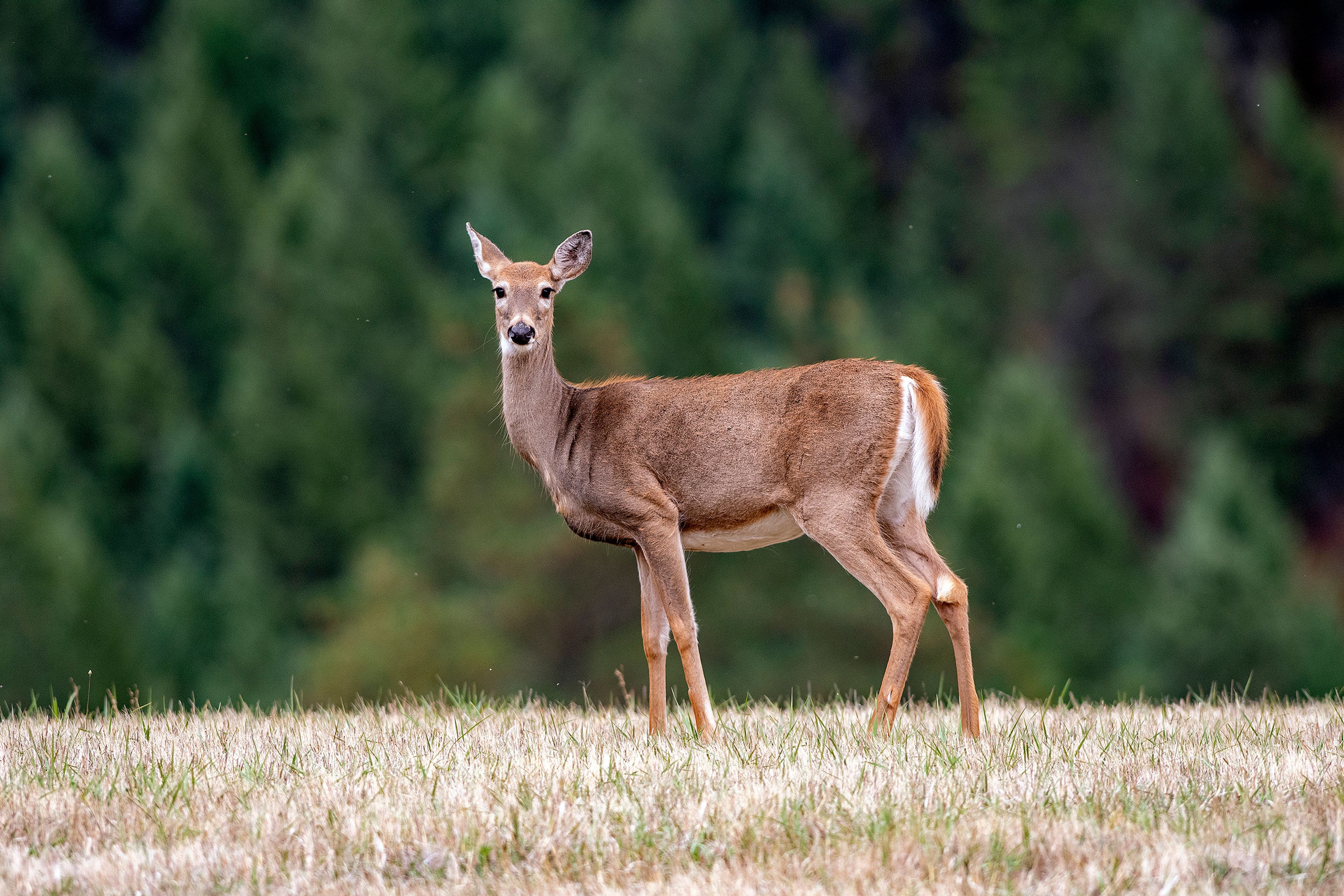Activists launch Spokane Community Adaptation Project
Group to study how climate change is affecting state
Climate change is, nearly by definition, an overwhelming subject.
Global carbon emissions. Warming temperatures measured in fractions of a degree. Impacts spread far and wide. Rising sea levels. Melting ice caps.
All unfolding over decades, if not centuries.
A recent United Nations report drives the urgency of the situation home. Humanity has not moved fast enough to cut carbon emissions and must now make unprecedented changes in energy, transportation and other systems during the next decade to hold global warming to moderate levels.
The scale and scope of the issue, and the necessary response, makes it hard for communities, much less individuals, to feel as if they have any power.
Yet in Spokane and the region, some groups are trying to get involved.
“People would be happy to learn how much adaptation is going on across the state, because people don’t tend to know that,” said Amy Snover, director of the University of Washington’s Climate Impacts Group. “It’s the tip of the iceberg. It’s nowhere near enough. But there are good people working on this.”
Adaptation is not necessarily about carbon reduction. Instead, Snover said, it’s focused on dealing with already inevitable climate change.
“There is an urgency to reduce emission so we minimize future change, but at the same time we have a responsibility to prepare for the changes we’ve already set in motion,” she said.
In Washington, adaptations usually have to do with water, whether its drinking water, stream flows or snowpack. A new effort in Spokane, the Climate Impacts Research Consortium’s Spokane Community Adaptation Project, has brought representatives from city government, business, conservation and the county together.
“What we’ve kind of taken on in Spokane is, ‘OK, we know it’s warming up and things are changing, how can we prepare for that?’ ” said Mike Peterson, the director of the Lands Council and a member of the adaptation project.
The goal is to take climate data and look at the various ways it will impact Spokane, Peterson said. Then, using that information, the group will make policy recommendations and provide information to individuals and businesses.
For example, climate models predict that as temperatures rise, Washington’s snowpack will decrease even though the overall amount of precipitation won’t. Instead, it will come in the form of early spring runoff and rain. That water will run through the rivers faster. Late in the summer, rivers will not be refreshed with mountain snow melt.
The Community Adaptation Project is not unique to Spokane, said Ann Mooney, the program’s manager. Once members identify ways climate change will impact their community, they advocate elected officials and institutions to start adapting. For example, several communities on the coast had adaptation projects advocated for city ordinances to be changed in response to predicted sea level rises.
Spokane’s adaptation project is only a year old. Members are still focused on identifying the most important climate data and impacts. Peterson hopes that within a year the data is analyzed and contextualized. That would allow members to start developing a course of action.
Other groups are also taking steps. Jerry White, the Spokane Riverkeeper, has tracked flows and temperatures in the Spokane River for the past three years. Although the chilled aquifer water buffers the river from some of the impacts of climate change, the aquifer itself remains vulnerable to overconsumption.
“That’s why we’ve begun to pay attention to water consumption,” White said. “From our standpoint, one way to begin to buffer against climate change is to make sure we have enough aquifer water to be continuing those cold water inputs into the later part of the season.”
Farther afield, the Colville Tribe has been developing and implementing adaptation strategies for three years.
Sheri Sears, a tribal policy analyst, said the tribe identified increased forest fire danger and decreased stream flows as two of the most pressing concerns.
The tribe has started to plant more ponderosa pines, which do better in the heat, are more resistant to disease and harder to burn. The tribe has also started doing more prescribed burning.
As for stream flow concerns, tribal Fish and Wildlife is relocating beavers to the headwaters of some rivers. Beaver dams store water and can help spread flows out throughout the summer.
In most ways, the tribe is ahead of other area municipalities. While Spokane is just starting to identity key concerns, the tribe has already started adaptive efforts.
“A lot of the tribes have already developed adaptive management plans,” she said. “I think tribes are more aware of their resources and protection of them. It’s a very conscious thing for them.”
The U.S. Forest Service has also taken steps. In 2012, the Okanogan-Wenatchee National Forest came up with a restoration plan aimed at mitigating the impacts of climate change. That plan aims to restore the forest to what it was like before logging. That, said Robert MacGregor, a forest service silviculturist, will help reduce the impact of hotter, drier summers.
Forest managers have also started looking at lower-elevation forests to see what the forest might look like in hotter climate. The service is also starting to remove roads that are no longer needed in an effort to reduce erosion into streams.
“With climate change, one of the first things that we’re supposed to notice is that there is less precipitation coming as snow and more as rain, so those spring events tend to be bigger,” MacGregor said.
Those changes will alter how the forest looks, he said. For some high-alpine species, the changes could be deadly.
“I don’t think it will be the same as what I’m used to,” he said. “Change is always difficult to take on.”
While these adaptation efforts don’t address the underlying issues — increased carbon emissions — Snover said they’re an important and vital step.
A step in which more people are becoming interested.
“What we see is that there is more demand for climate information than ever before,” she said. “There is more concern from communities at all levels about what they ought to be planning for. We all have a responsibility, in both our personal and professional lives. A responsibility and an opportunity to make a difference on climate resilience.”









